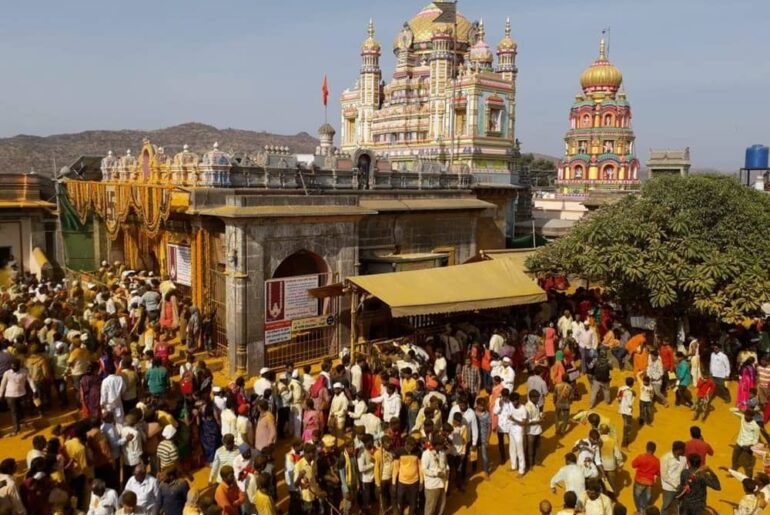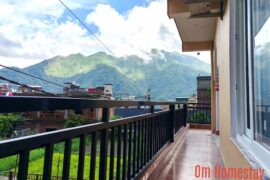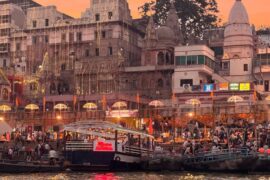Jejuri Temple Ropeway: Discover About Khandoba Temple
This project by M/s Suyog Gurbaxani Funiculur Ropeways Ltd. aims to connect pilgrims from the base of Susurtingi Hill to the hilltop temple. Jejuri Temple Ropeway spans 1056 meters with a 205.611-meter ascent. The ropeway will transport up to 600 passengers per hour, reducing the journey to just 7.5 minutes. Scheduled to enhance accessibility without compromising environmental integrity, the ropeway promises to enrich pilgrimage experiences to this cultural landmark.
Project Overview
The Jejuri Temple Ropeway will span approximately 1056 meters, ascending over a terrain with a level difference of 205.611 meters. This innovative transportation solution is designed to accommodate up to 600 passengers per hour, offering a swift journey from the lower station near the statue of Lord Shiva to the upper station, located within walking distance of the Khandoba Temple.
Suggested Read: Jejuri Temple Pune: Khandoba Temple History | Significance

Enhancing Accessibility
Presently, reaching the temple involves navigating 750 stairs from the starting point, approximately 2.5 kilometers away from Jejuri city. The Jejuri Temple Ropeway promises to transform this arduous trek into a convenient and enjoyable experience, significantly reducing travel time to just 7.5 minutes.
Environmental Considerations
Environmental impact assessments have ensured that the ropeway project aligns with regulatory requirements, emphasizing its minimal ecological footprint. With careful planning by environmental consultants from M/s Perfact Enviro Solutions Pvt. Ltd., the project aims to enhance accessibility while preserving the natural beauty of the surroundings.
Suggested Read: Bhandara Festival: The Vibrant Turmeric Celebration, Jejuri in Pune

Cultural and Spiritual Significance
Jejuri holds deep cultural significance as a temple town where Lord Khandoba is the family deity by many in Maharashtra and Karnataka. The introduction of the ropeway is ready to enhance pilgrimage experiences, particularly during festivals and holidays, when large numbers of devotees gather to seek blessings at the temple.
Conclusion
The Jejuri Temple Ropeway project represents a harmonious blend of modern engineering and spiritual heritage. It offer pilgrims and tourists alike a seamless journey to the sacred hilltop. As plans progress and construction begins. This initiative promises to enrich the cultural tapestry of Jejuri.



Comments are closed.